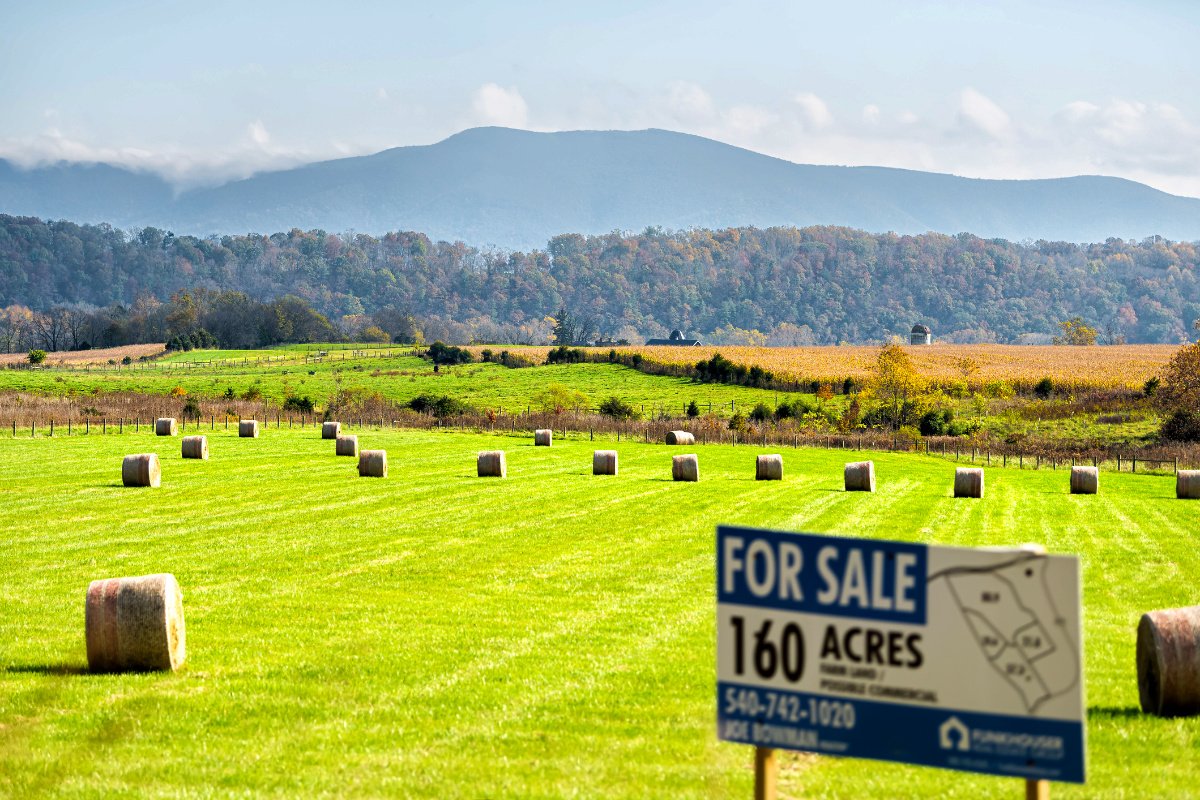A new survey of the dead zone in the Gulf of Mexico sounds alarm and points to extreme overuse of toxic chemicals from farms and CAFOs.

A new survey of the dead zone in the Gulf of Mexico sounds alarm and points to extreme overuse of toxic chemicals from farms and CAFOs.
August 3, 2017

A hypoxic dead zone about the size of New Jersey—8,776 square miles—has settled at the bottom of the continental shelf off the coasts of Texas and Louisiana.
Although dead zones—areas of water with little to no oxygen, where fish and other marine life cannot survive—have become an annual phenomenon, this year’s is the largest ever measured in the Gulf of Mexico. It’s a direct result of industrial agriculture’s overreliance on chemical fertilizers, and it shows no sign of slowing down. If that’s not enough bad news, that dead zone may actually be even larger than recorded, since the week-long survey ran out of time to chart its full size.
“If we had been able to pursue the area further to the west, we definitely would have found more low oxygen, we’re just not sure how much,” Louisiana State University oceanographer Nancy Rabalais told Civil Eats, shortly after announcing the results of her annual survey. “It may have raised the area to 23,000 square kilometers, or 8,961 square miles.”

Intensity of lack of oxygen in the Gulf of Mexico, July 24 – July 30, 2017. (Map courtesy Nancy Rabalais / GulfHypoxia.net)
The U.S. Environmental Protection Agency (EPA) has set a target of keeping the dead zone at the mouth of the Mississippi River to under 1,900 square miles. But considering the steady annual growth of the dead zone since mapping cruises like Rabalais’ began in 1985, there remains much more to be done.
Indeed, Rabalais’ report took pains to note that this year’s mapping found a “mostly continuous band of extremely low-oxygen concentrations alongshore at the nearshore edge of the zone,” an indicator that the cause is coming from land rather than sea.
Industrial Agriculture to Blame
The culprit is as obvious as it is fixable: Nitrogen and phosphorus used as farm fertilizers flowing off farmlands and into the Mississippi River watershed.
“The primary driver of the increased nutrient loading is agricultural land use, which is strongly influenced by farm policy,” the report states. The buildup of nutrients results in waters starved of oxygen, destroying the food chain in the area, and killing off shrimp and fish populations—and the industries that depend on them.
If you want to change the size of the dead zone, Rabalais concludes, change the impact of your land use. “Anything that can be done within the agriculture community for best practices and, especially by way of sustainable agriculture would greatly reduce the nitrogen fluxes from the landscape,” Rabalais said.
Unfortunately, there are no signs that dead zones in the Gulf and elsewhere are anywhere near shrinking: Rabalais’ study concluded that the one in the Gulf is the second-largest worldwide, and it seems to be getting larger every year. Indeed, dead zones globally have been increasing in the last several decades, and now number over 500, with wide-ranging impacts on food systems and industries dependent on seafood, as well as environmental health risks from acutely toxic algae in drinking water and chronically toxic byproducts from treating that algae.
Solutions Available
Fortunately, solutions to agricultural runoff aren’t hard to find. Whether its encouraging farmers through incentives and regulations to use less fertilizer, implementing nutrient trading schemes, or eating less meat, America has an arsenal of weapons to combat the food industry’s war on oxygen.
Although Rabalais’ findings may be alarming, they’re not surprising. They’ve been confirmed by other annual surveys, and the sources of the pollution are widely known. Indeed, a report published earlier this week by advocacy group Mighty identifies the global meat industry—particularly Tyson, Cargill, Smithfield, and other industry giants—as the biggest causes of the pollution that feeds the Gulf of Mexico dead zone.
As daunting as the scale of the problem that faces the Mississippi River Basin is, the Mighty report spells out a five-step “path to cleaner meat”—including the use of cover crops, natural buffers to absorb runoff, better manure management, and rotating alternate growing crops of small grains like oats, wheat, and barley in addition to corn and soy for animal feed—that could quickly shrink the dead zone.
“This problem is worsening and worsening and regulation isn’t reducing the scope of this pollution,” Lucia von Reusner, campaign director at Mighty, told The Guardian earlier this week. “These companies’ practices need to be far more sustainable. And a reduction in meat consumption is absolutely necessary to reduce the environmental burden.”
Top photo courtesy of the NASA Scientific Visualization Studio.

October 9, 2024
In this week’s Field Report, MAHA lands on Capitol Hill, climate-friendly farm funding, and more.
October 2, 2024

October 2, 2024

September 25, 2024

September 24, 2024

September 18, 2024

Organic agriculture is a must to be embraced by every farmer to ensure safety of planet